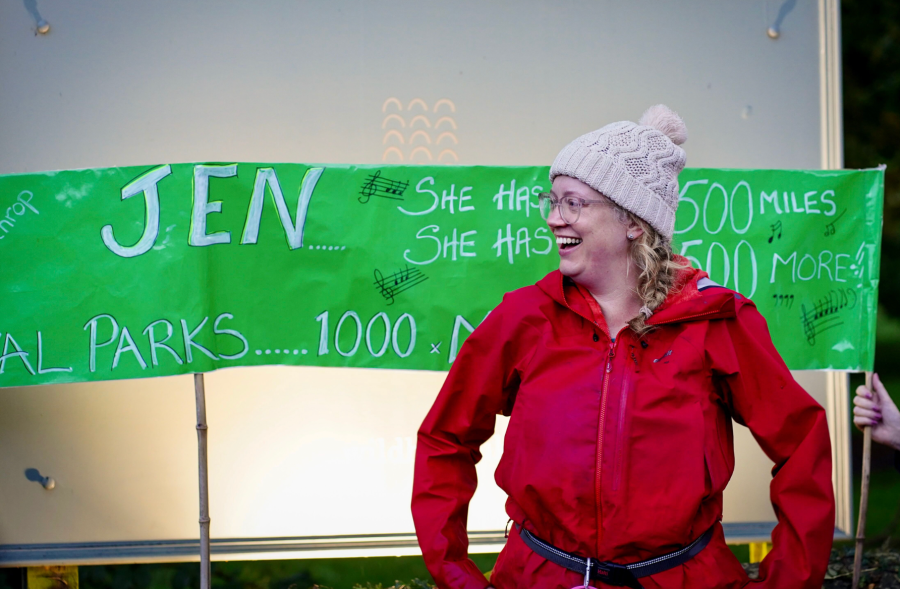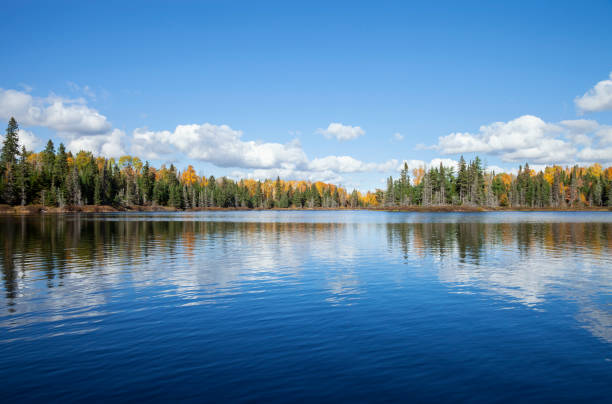



In January, soft white snow blanketed the Peak District National Park. Icicles dropped from cliff edges, and the hills and cottages took on the picturesque beauty of paintings and Christmas rom coms. Naturally, everyone wanted a photo. Over three days, police struggled to deal with problematic parking as hundreds of people flooded to see Mam Tor, Winnats Pass and Rushup Edge in their white, snow-covered glory. Cars double parked on verges of narrow country lanes, leading to blocked roads. This isn’t unprecedented. Since lockdown, interest in the countryside has grown and honeypot locations have drawn increasing numbers of people searching for short walks and photo opportunities.
The January incident garnered more attention as it was preventing access to road gritters and emergency services. But with visitor numbers increasing, we know this won’t be the last time we see incidents like these. Which begs the question: is this sustainable?

The funding gap
I grew up in the Peak District and still live just on the doorstep, in Matlock. I was brought up spending my weekends wild camping with my dad, running around Stanton Moor and climbing on the Druid Rocks in Birchover. I am also now the Chair of the Peak District National Park Foundation, which has given me another perspective on the challenges facing the Peak District and our other national parks.
These places contain some of the last ‘wild’ spaces in the UK and are afforded legal protection backed by funding to help maintain them. This enables park authorities to provide a well-managed national park with accessible paths and engagement opportunities, whilst still restoring our natural habitats, protecting our cultural heritage and mitigating climate change.
But with funding from central government stagnating, most national park authorities have seen real-term budget cuts of around 50% over the last 10 years. This has put the sustainability of our parks increasingly at risk. The parking issues during that cold January week are just a small part of the problem. Our national parks were set up to ‘preserve and enhance their natural beauty and provide recreational opportunities for the public’. In many ways these aims are conflicting – but achieving both is not impossible.

Access for all
Restricting public access in order to protect national parks isn’t the answer. I believe we should instead be making it easier for people to visit. Access to nature has so many benefits. It helps our mental health, our stress levels, our physical health – and, of course, it helps us to fall in love with our natural world. A 2021 Mental Health Foundation report found that ‘people with strong nature connectedness are also more likely to have pro-environmental behaviours’.
This isn’t surprising. If you love something, you’re more likely to look after it. We need to help everyone fall in love with nature. The pandemic certainly helped people connect with their local natural spaces, as more realised just how important time outside is when suddenly your freedom is restricted. So how do we continue this trend and help everyone fall in love with our national parks, National Landscapes and green spaces?
For me, the key is education. I support easy access for all to our national parks and green spaces. However, we need to help people understand how to visit carefully and sustainably. What many of us might call ‘countryside common sense’ are lessons that are not afforded to all. With park authorities being forced to make cuts, it’s the non-statutory activities (including engagement and education schemes) that are the first to go.
The Peak District National Park Authority recently announced redundancies in the communications and rangers teams, who lead on work in community engagement, education and wellbeing. They were the first park to make this announcement, but I doubt they’ll be the last. Most national parks now have partner charities – such as the Peak District National Park Foundation – to try to fill the funding gap, but it isn’t enough.

People and planet
Despite funding cuts, there are still some incredible success stories out there. In 2023, I spent 10 weeks hiking 1000 miles across every national park in England. This time outside certainly increased my love of our national parks, but I also got to speak to people working to support them and visit projects along the way.
The North York Moors National Lottery Heritage Fund project ‘Birds on the Edge’ aims to bring people and nature closer together. One of their partnership projects saw young people from the Scarborough People Referral Unit (who currently don’t attend mainstream school) work on art projects whilst spending time in the national park.
Shan, who worked on the project, told me just how impactful and life changing this time in nature was for the young people, as they connected things happening in their lives with the lives of rare birds. The Peak District National Park Foundation funds an Ambassador Schools programme that gives teachers and pupils the resources, confidence and support needed to access the countryside and nature.

This project has seen more outdoor-focused activities in the curriculum. These include litter picks, which encourage young children to take the initiative to leave areas clean and tidy. Projects like these need to continue, but when funding is cut they tend to be the first thing to go. Children and young people don’t just need access to nature – they need education in nature. Because that is how we will build the pioneers for our future planet.
Perhaps things would have been different on that snowy week in January if more people had experienced time in nature growing up. Or maybe we just need to put up some signs like the ones I saw in the South Downs National Park that say ‘plants not parking’. A gentle way to remind people where they should and shouldn’t park.

